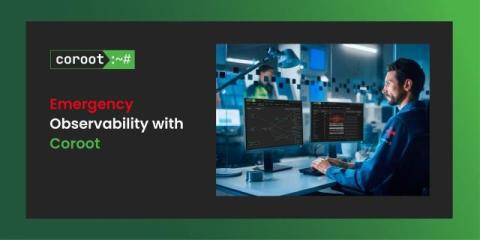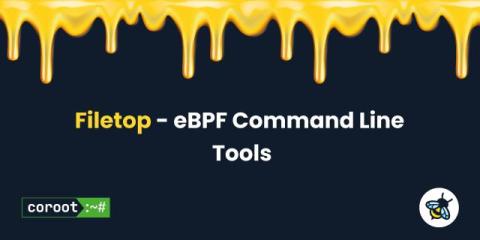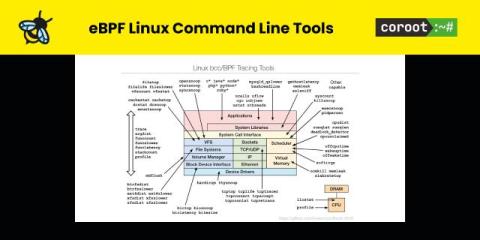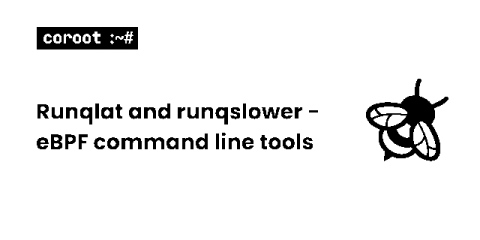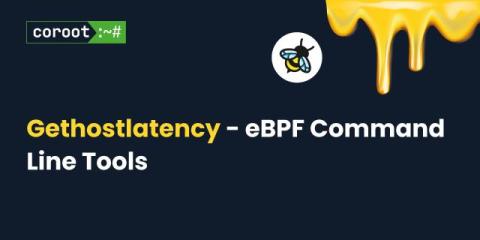Emergency Observability with Coroot
If you’re an experienced engineer, you likely have comprehensive observability and monitoring set up for your production systems. So if issues arise, you’re empowered to resolve them quickly. Yet, there are way too many systems out there, especially smaller and simpler ones, which are running with only rudimentary observability systems, or no observability at all. This means when an application goes down or starts to perform poorly, it may be very hard to pinpoint and resolve the issue.


